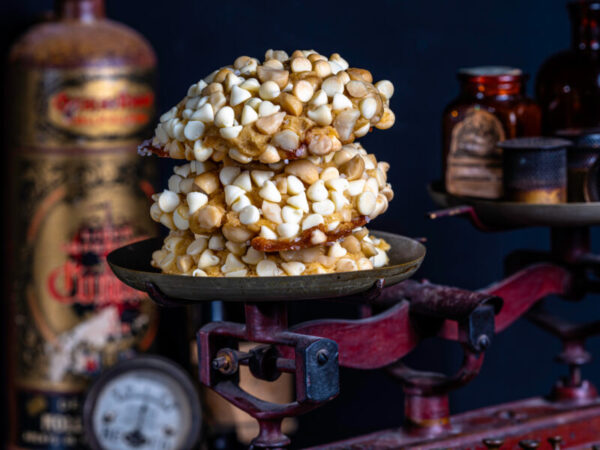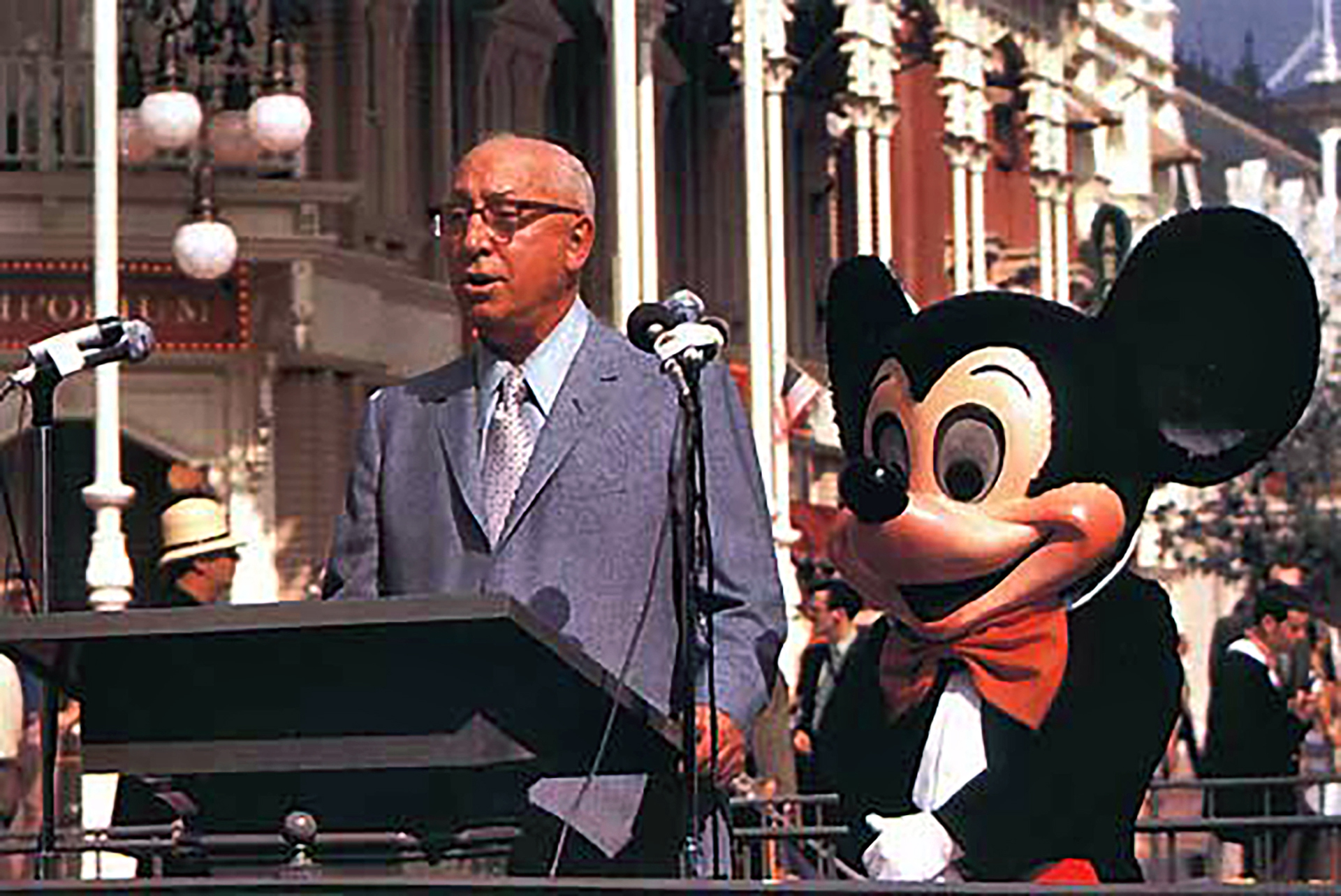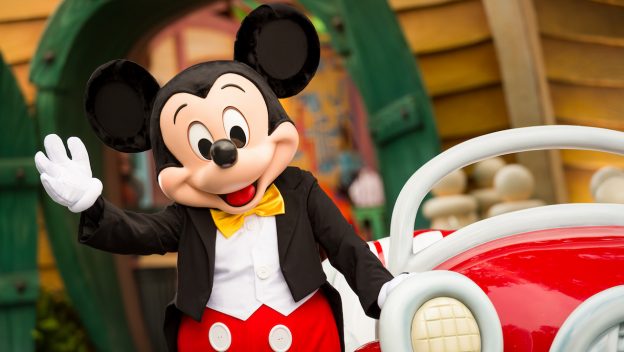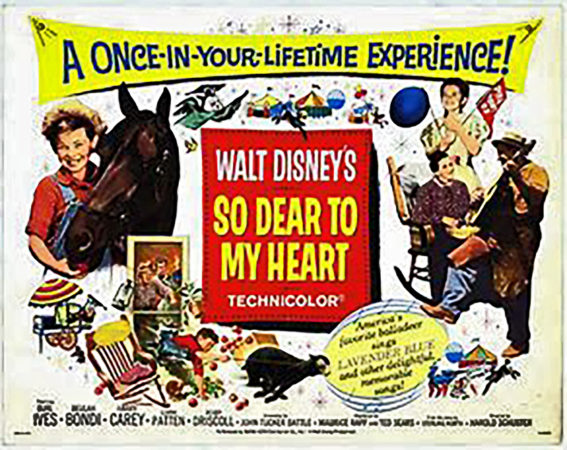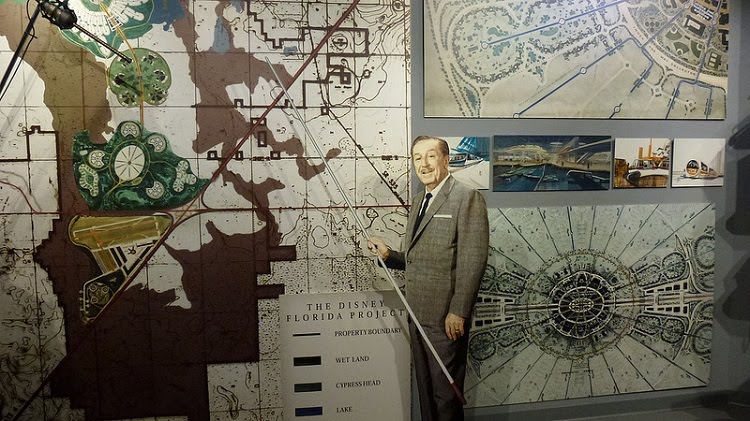
If Florida Was Not Chosen
After about four long months, Walt Disney World is finally re-opening, abet in a more measured, and convoluted way, due to the covid19 virus. Yesterday the Magic Kingdom and Animal Kingdom bowed in and in a few more days, the Studios and EPCOT will follow. For the truly loyal and loving fans of Walt World, myself included it is none too soon. Four months without Walt’s Magical land was torture. Disney fans know that Walt Disney was perhaps the World’s most prolific dreamer in history. But what set him bars ahead of others was his uncanny drive and imagination, his seer-like abilities to know what would work. Walt Disney brought his dreams to life, in Disneyland, the park that started it all. His love of animals and history, nature and science gave us the amazing lands, rides and attractions we cherish today.
I have been living here, 15 minutes from Walt Disney World for 17 years, and I was thinking, what if Orlando, or Florida (Yikes!) were not chosen to host Walt’s second dream park. Many do not realize that multitudes of venues were given consideration, and many factors were in play. So, here is a bit of history while we wait for the full-blown opening of our favorite place. Thank pixie dust for letting Florida be the bull’s eye for Walt Disney World…
After Walt Disney had built Disneyland, he publicly stated that he had no intentions of opening parks elsewhere. But as early as 1956, Walt was beseeched by hundreds of locals begging for another “Disneyland”. In an interview with journalist Pete Martin, who was discussing the possibility of another Disneyland, Walt told him he had requests from all over the world! Requests were coming from Japan, Brazil and even Egypt. By the 1960’s, there were over 500 inquiries.
By this time, Walt had decided that another Disneyland venue was to be built, but where. The one thing Walt did not want was a carbon copy of Disneyland, but one that would convey the same principles and ideas he fostered. Walt decided he would look at the East Coast. But the nagging worry was the weather. The park would only be open for approximately 125 days of the year. In 1961, Walt moved his television show from ABC to NBC. Then president of NBC General Sarnoff wanted to persuade Walt in addition to moving the show, but to construct a second Disneyland in a place called “Jersey Meadows” also known as the Hackensack Meadowlands west of New York City.
But the ever-vigilant Walt, despite the fact that Sarnoff had a viability study to show the area a good location; had research economist Harrison Alan “Buzz” Price, who’s forte is researching how people spend their money and leisure time. Price also piloted Disneyland’s site in California and eventually Central Florida. His study showed that most visitors in the New York area were on short business trips. And Walt did not like the fact that NBC desired to be a permanent partner, and not sell him back the investments like ABC agreed to. Walt balked at the proposal.
Even with the partner quandary, Walt did give careful consideration to the Meadowlands, Roy O. Disney recollected, but the weather problem still reared its head. There were proposals of a dome or inside venue to control the weather, but when the cost of such fixes was realized, many of Walt’s financial backers nixed the idea.
Nonetheless, NBC and RCA again tried to persuade Walt to build a theme park, but in Palm Beach Florida. The weather problem would be solved and John D. MacArthur, a businessman and philanthropist and head of RCA, owned the huge tracts of land Walt would need for a park. Price’s analysis proved that a Park on the East Coast would not harm Disneyland, perhaps even attract West Coast park-goers if the parks were not clones of each other. But Walt’s visualization had grown, and he wanted not just a theme park venue, but with new urban technology a city to contain approximately 70,000 people, later changed to 20,000. The city and park would be interconnected so Walt could control the entire environment. But Walt and Roy attempted to negotiate for more land as the negotiations were being completed, offended MacArthur, and the deal fell through.
Another venue in 1963 Walt considered was the Seagram Tower in Canada, on Canada’s side of Niagara Falls. This was an observation tower on the Horseshoe Fall area where visitors could view the breathtaking beauty of Niagara Falls. There was not enough room for full park, so Walt though of installing a version of Circle-Vision, showcasing the beauty of Niagara Falls, or an attraction like Disneyland Flight to the Moon. Unfortunately, the film and attraction would cost more than 2 million to complete, without the theater, shelved that plan.
Here is the one project, that if came to fruition, would have left Florida a sleepy agricultural and cattle state. In March of 1963, Walt met with the Mayor of St. Louis to discuss plans for a theme park in an area planned to be called Riverfront Square. The city of St. Louis was nearing its bicentennial and planned to celebrate with the building of the Gateway Arch (Which opened in October, 1965) and the Busch Memorial Stadium (Opened in May, 1966). This Riverfront Square was to be a few blocks north of the Stadium, consisting of an outdoor mall, containing theaters, stores and restaurants, and excluding all vehicular traffic. Walt had Imagineering develop plans and new attractions for the park.
Even as city business and civic leaders suggested he produce a travelogue Circle-Vision film to showcase the city’s history, Walt as before had Buzz Price assigned to do a practicability study on the plans to see if they would be efficacious. At a press conference on March 16th, 1964 Walt showed his plans to construct a single, five story enclosed building. The cost was approximately $40 million, it could operate year-round and could expect about 25, 000 guests a day.
The plans of the concept were constantly changing. Half of the building would represent St. Louis in the early 1900’s, the second half New Orleans before the Civil War. Here are some of the proposals that were on the plans…A “Haunted House”, including a “Stretching Room” would lower guests to a room of illusions, and many ghosts would be aping actual Missouri ghost stories. A “Jean Lafitte Adventure Ride” showcasing New Orleans pirates. A Bayou Boat Ride taking guests through a Louisiana swamp and down a waterfall. This was later to be combined with the Jean Lafitte ride.
The St. Louis half would have a Circle-Vision theater showing a 15-minute film going down the Mississippi River. The French Quarter included restaurants, shops, a live show and even a full-sized steamboat on an indoor lake. In addition, there were plans for Fantasyland dark rides, i.e. Snow-White Adventures or Peter Pan’s Flight. Even a new attraction on the adventures of Pinocchio was planned. On tap was for the Old Opera House to feature live actions shows stimulated by the Golden Horseshoe Revue, but themed to St. Louis style shows. Other plans considered by Walt was a Native American canoe ride with the legends of Davy Crockett and Mike Fink. Another was a roller coaster thrill ride through the Mississippi River caves.
An audio-animatronic show, presented in a theater with revolving stages aligned with Missouri history would include Napoleon and Jefferson planning the Louisiana Purchase, John Phillips Sousa, Will Rogers and Charles Lindbergh and the Spirit of St. Louis airplane, was also planned.
But despite the grandiose plans, the deal fell through. Disney Lore states that Walt was insulted when August Busch Jr. owner of the Busch brewing empire, knowing Walt’s refusal to sell alcoholic beverages in his park, publicly called him crazy for thinking his park would succeed without selling beer, and Walt let the plans go. But the real truth was not alcohol, but what the city of St. Louis as willing to do for Disney. The Disney Company’ belief was they were accruing all show costs, ride design, building, films and theming. They felt that St. Louis would construct the building, garages, land improvement and the sale of the land. St. Louis was required not to build just the show building, but ready the facility for the installing of the shows and attractions.
St. Louis felt it should only be responsible for the basic shell with Disney responsible for anything in the interior. In July, 1965, Disney and the city of St. Louis broadcast the project would not proceed. But in talking with Florida governor William Haydon Burns, the State pledged 100 percent co-operation to work with Disney and make the dream a reality. Perchance governor Burns saw what happened in St. Louis and how quickly Disney walked away, not even a look back. So, to the delight of myself and thousands of Florida fans, Walt Disney announced that in November 1965, he would build his entertainment venue right here in central Florida, and ironically, some of his St. Louis ideas were initiated into Walt Disney World.
